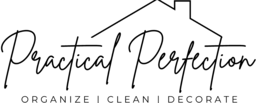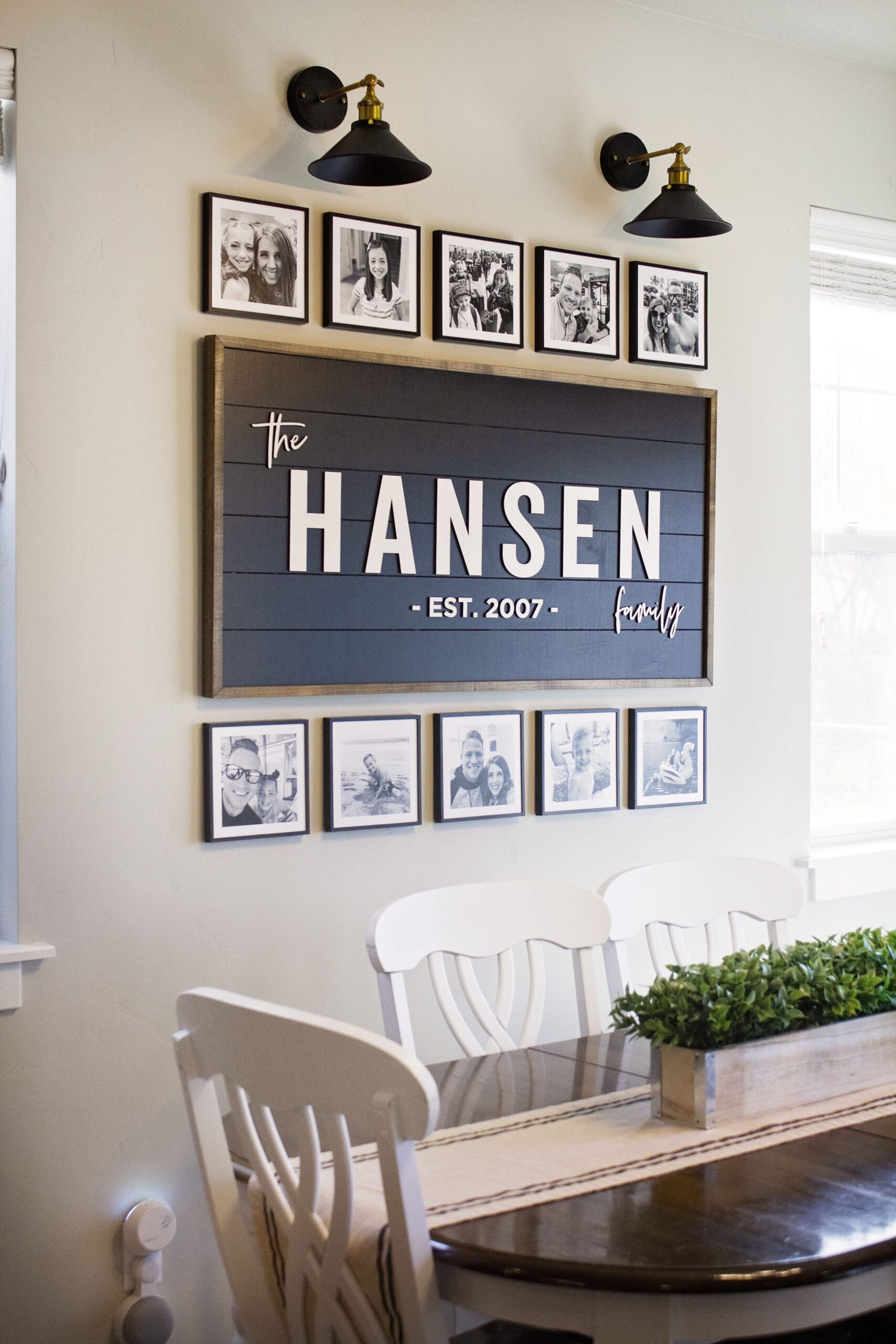Interior Decor at Home
Decoration of the interior environment provides the possibility to add color, make an accent on something, and instill a finished appearance. The décor, which pleases your eye, is not fraught with any functional yield, and at the same time, it makes you feel cozy and warm.
If a room is furnished only with fit-out and furniture, it will become comfortable, but there is a doubt whether it will be pleasing. As an example, we may take offices, hospital wards, and other public rooms. They look barren, and you start to understand at once that they are non-residential premises.
This has to do with the fact that due to the functional minimum, only the working process is implied there, whereas a human likes to be surrounded by everything beautiful that becomes a part of one’s life.
Sometimes, such beautiful items can be a bit pricy, and in case you want them right now but cannot afford them, you may apply to Payday Depot for instant help.
Designers know that décor can play the leading role or vice versa. In the first case, interior design items create a single and complex composition that will look effective on a neutral fit-out with the rest of the adornments on the background. In cases when décor is of secondary importance, it only emphasizes and supplements the style of interior design.
Geometry of Space
Filling a room with accessories resembles a creation of painting. The algorithm for both procedures is similar. Initially, we need to make a layout of a room and determine the main elements of the future interior design.
The applied accessories must fit the room in size. It means that the items of decoration should be small if a room is limited in space.
If you collect small items, it would be nice to combine them under a unified feature. They should be arranged in one plane: hang up all photo frames symmetrically on the wall, and put all items on the shelves in the prearranged order. A spacious room must contain large objects that differ in shape.
For this purpose, we may use a long-case clock, a floor lamp with a long standard, lamps with bright lampshades of different geometric shapes, large canvases or printings, and so on.
For visual space extension, there should be as few tiny items as possible. Excessive diversity only draws additional attention to the low ceiling and modest footage of the room. It is better to choose a couple of bright or unusual items and arrange them at some distance from each other. A few bright cushions on a couch, a vase of interesting shape, or a sophisticated lamp on a coffee table will do fine.
Six Hints for Interior Design
- Make Items Rhyme. The first and most important rule for interior design is a combination of certain objects with other objects, that is, a so-called “rhyme.” When picking different accessories (paintings, vases, decorative cushions, and so on), take into consideration their features to combine with some item of interior design when it comes to color, shape, or texture. For instance, try to choose the same or very similar fabric with various textures for curtains, cushions, and armchairs. Cushions are nice to rhyme with paintings set up above a sofa — select a painting taking into account the color of the cushions. There is no necessity to make a complete match of colors; any similar shades would be fine.
- Use Two or Three Colors. We recommend limiting the number of applied colors when installing open bookshelves. Use two or three colors to compose a single-style design. Besides that, the main shade of items on shelves should match the color of the room. When it comes to the color of shelves, it would be nice to prefer neutral tones — black or white. Keep in mind that different colors of shelves will complete the composition, so at least one of the items will have to be the same to make a “rhyme.”
- Use Odd Number of Ornaments. If you apply to your interior design several ornaments, make sure that their quantity is odd. Even numbers of embellishments are harder to combine in a single design due to the peculiarities of perception. Ornaments will match in the best way when one of them is larger or occupies the largest part of free space. All ornaments must be different in size.
- Vases are Never Too Much. Before purchasing a vase for interior design, decide on why you need it: for the setting of mood for the interior, to supplement the style, or to highlight key color points. Vases are excellent in their variety. If you need to choose several vases, please remember one rule: one shape — different colors, one color — different shapes. It will provide the necessary diversity, and the image will not look boring.
- Do Not Forget About the Paintings. There are no strict rules about the accordance of painting and the style of the interior design. The simple way is to blend a painting in the same style as interior design is performed. However, you may act under a principle of contrast: contemporary art looks perfect with a traditional interior design, and paintings of old masters match modern loft.
- Make Experiments. Periodically change décor and do not avoid experiments. A simple change of ornaments substantially improves the whole interior design. It may seem difficult only at first sight, but after a few experiments, you will achieve perfect results.
Décor must be not only delightful but also functional. For example, a soft ottoman ideally supplements the space and can become a place for lounging. The choice of different accessories for a room is an important part of a house renovation.
This is the very moment where we have a large choice of options. It all depends on how we may let our imagination run riot. The interior design can be adorned with cushions, porcelain, and other stoneware, unique lamps, candlesticks, and candelabrums, or pots with indoor plants.
In general, just fantasize and combine different alternatives. At the same time, we must be careful and know where to stop since accessories for decoration may not only embellish and highlight our room but also become the reason for its clutter.




